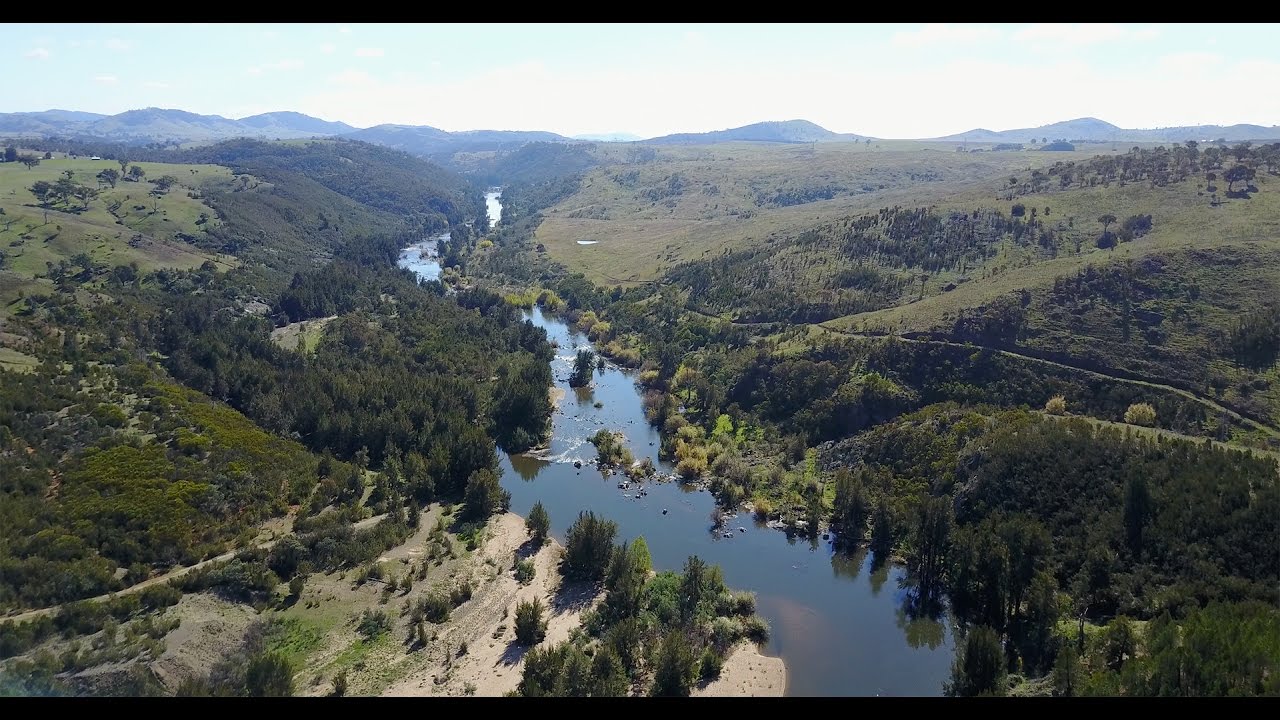Molonglo River

The Molonglo River is a perennial river that is a part of the Murray-Darling basin’s Murrumbidgee watershed. It is located in the Australian Capital Territory as well as the New South Wales regions of Monaro and Capital Country. Its meandering course and tranquil waters, holds a special place in the hearts and minds of those who have lived along its banks for generations. Beyond its natural beauty and ecological importance, the Molonglo River is imbued with rich cultural significance that stretches back thousands of years. In this in-depth exploration, we delve into the multifaceted layers of cultural importance that have shaped the identity and heritage of the Molonglo River basin.
Indigenous Custodianship:
For the Indigenous Australian communities who have called the Molonglo River basin home for millennia, the river holds profound spiritual and cultural significance. Known as the Ngunnawal people, these traditional custodians have maintained a deep connection to the land and its waterways, viewing them as sacred spaces imbued with ancestral spirits and Dreamtime stories.
The Molonglo River has served as a vital source of sustenance, providing fish, waterfowl, and other resources essential for survival. But its importance extends beyond mere practicalities; the river is also a place of ceremony, ritual, and storytelling, where cultural traditions are passed down through generations. Dreamtime stories recount the creation of the river and its surrounding landscapes, weaving together themes of creation, connection, and belonging.
European Exploration and Settlement:
With the arrival of European explorers and settlers in the 19th century, the cultural landscape of the Molonglo River basin underwent significant transformation. Pioneers and pastoralists ventured into the region in search of new opportunities, bringing with them their own traditions, customs, and ways of life. As European settlement expanded, the Indigenous custodianship of the land was increasingly marginalized, leading to conflicts over territory, resources, and cultural heritage.
Despite these challenges, the cultural importance of the Molonglo endured, as European settlers sought to establish connections to the land and its history. Historic landmarks such as Lanyon Homestead, Calthorpes’ House, and Cuppacumbalong Homestead stand as reminders of the region’s colonial past, reflecting the diverse cultural influences that have shaped its identity over time.
Contemporary Cultural Expressions:
In modern times, the cultural importance of the Molonglo River continues to be celebrated and expressed through various forms of art, literature, and community engagement. Indigenous artists such as Patricia Adjei and Duncan Smith draw inspiration from the river’s natural beauty and cultural heritage, creating works that pay homage to its significance in Indigenous culture.
Community organizations and cultural institutions also play a vital role in preserving and promoting the cultural heritage of the Molonglo River basin. Events such as the Canberra and Region Heritage Festival and the Ngunnawal Plant Use Walk offer opportunities for locals and visitors alike to learn about the region’s history, traditions, and environmental stewardship.
Environmental Stewardship and Cultural Connection:
In recent years, there has been a growing recognition of the intrinsic connection between cultural heritage and environmental stewardship along the Molonglo. Indigenous-led initiatives such as the Molonglo Conservation Group and the Ngunnawal Bush Healing Farm seek to integrate traditional ecological knowledge with modern conservation practices, fostering a deeper understanding of the river’s cultural and environmental significance.
Through collaborative partnerships and community engagement, stakeholders are working together to ensure that the cultural importance of the Molonglo is acknowledged and respected in all aspects of land management and decision-making. By honoring the cultural heritage of the river basin, we not only preserve the legacy of the past but also pave the way for a more sustainable and inclusive future for generations to come.
Conclusion:
The cultural importance of the Molonglo River is a testament to the enduring legacy of Indigenous custodianship and the resilience of cultural traditions in the face of change. From ancient Dreamtime stories to contemporary expressions of art and community engagement, the river serves as a living testament to the interconnectedness of culture, history, and environment.
As we continue to navigate the complexities of cultural heritage and environmental conservation, it is essential that we recognize and honor the diverse perspectives and voices that contribute to the richness of the Molonglo River basin. By fostering a deeper understanding and appreciation of its cultural significance, we can forge stronger connections to the land and its people, ensuring that the legacy of the Molonglo endures for generations to come.
Know More about the Molonglo River.
What are The Religious Places of the Molonglo River?
When Did The Molonglo River Basin Become a Focus?
Where is The Molonglo River Located?
Who Were The Key Historical Figures and Civilizations of The Molonglo River?
How to Reach Molonglo River?




